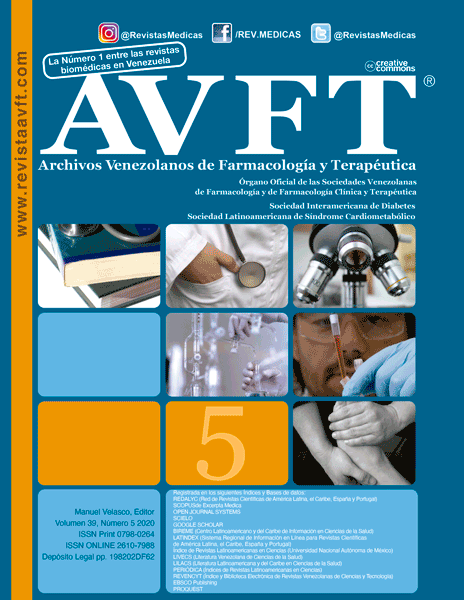Effect of L-norvaline on the small intestinal wall blood perfusion in a model of acute segmental mesenteric thrombosis
Keywords:
L-norvaline, mesenteric thrombosis model, intestinal ischemia, reperfusionAbstract
Introduction. Ischemic and reperfusion injury play one of the most important roles in the pathogenesis of many disorders. Especially severe changes in the wall of the small intestine are observed in acute mesenteric thrombosis, and restoration of blood flow to the ischemic tissue initiates a cascade of events that may lead to additional cell injury known as reperfusion injury. This reperfusion damage frequently exceeds the original ischemic insult. L-norvaline, as an arginase inhibitor was shown to be potentially strategy to combat hepatic ischemic/reperfusion injury. However, the use of this drug to protect the small intestine from ischemia is not currently studied.
Objective. This research aimed to study the effect of L-norvaline, an arginase inhibitor, on the small intestinal wall blood perfusion in a model of acute segmental mesenteric thrombosis.
Material and Methods. The experiment was performed on 60 female white Wistar rats, weighing 200-250 g. All studies were performed in compliance with the rules of humane treatment of animals. The animals were divided into 6 groups of 10 animals each. L-norvaline was administered intraperitoneally in dosages of 5, 10, 15, and 20 mg/kg, 30 minutes before occlusion of segmental mesenteric arteries. The speed of microcirculation was measured using laser Doppler flowmetry by Biopac systems MP100 with TSD144 probe and Acknowledge 3.9.0 program.
Results. Arginase inhibitor, L-norvaline, in doses of 5, 10, 15, 20 mg/kg decreased the level of post-occlusive hyperemia from 1846.25± 54.97 BPU to 1738.49± 42.67, 1622.91± 17.15, and 1412,88 ± 38,08 BPU, respectively. Also, L-norvaline increased blood velocity during the first minute of reperfusion.
Conclusion. The use of L-norvaline in the model of acute segmental mesenteric thrombosis with subsequent removal of blood clot has a significant protective effect leading to an increase of microcirculation blood velocity in the first minute of reperfusion with a decrease in the level of transient hyperemia, and this protective action has a clear dose-dependent effect, which is maximally manifested in the dose range of 15-20 mg/kg.



